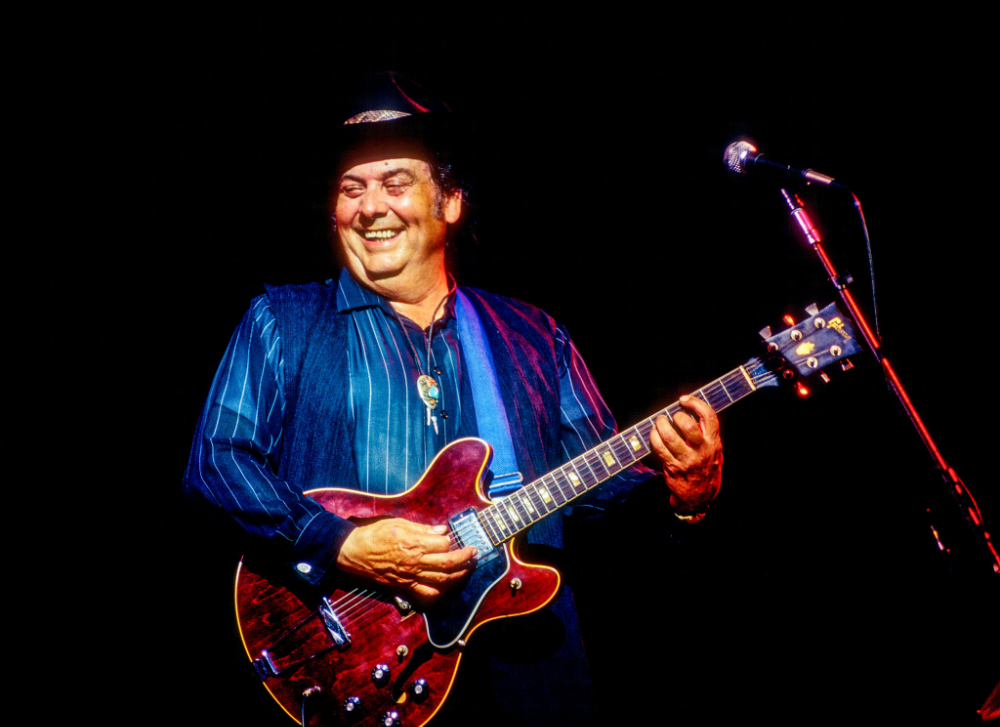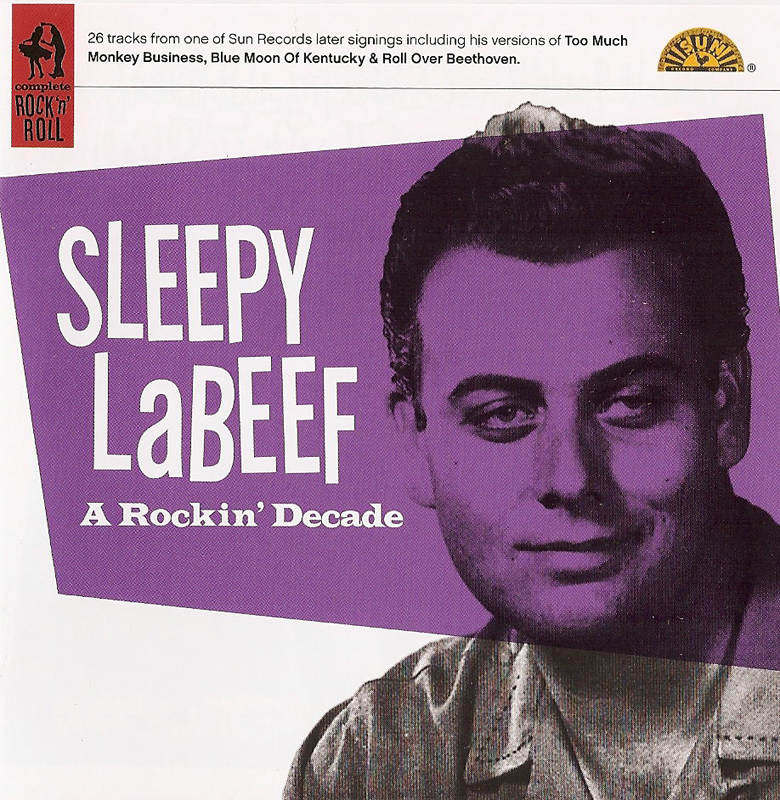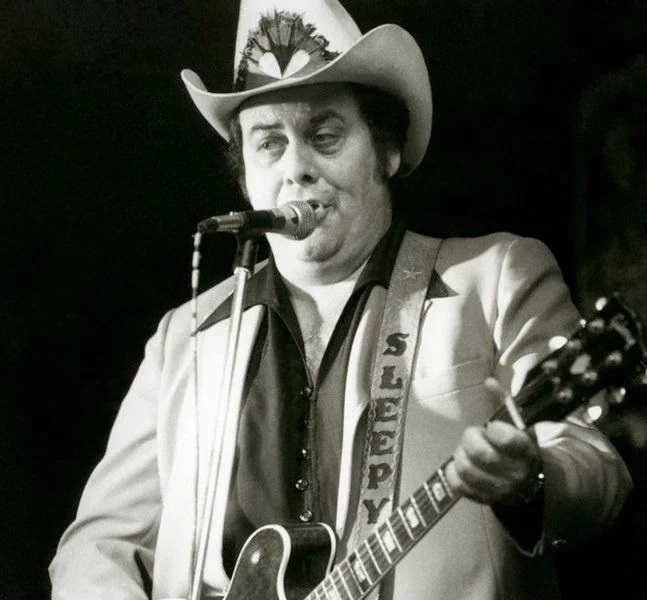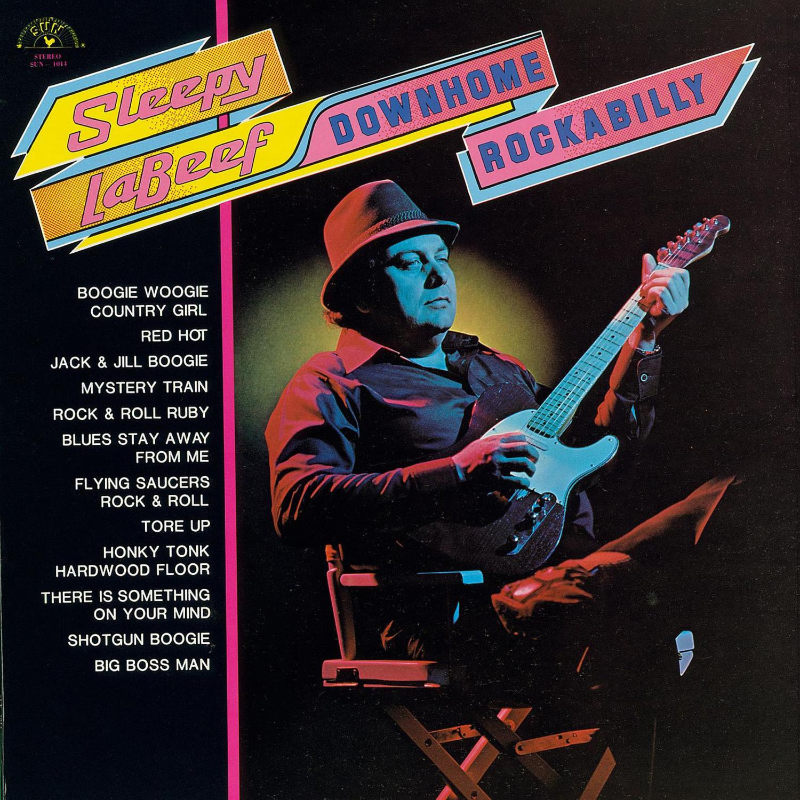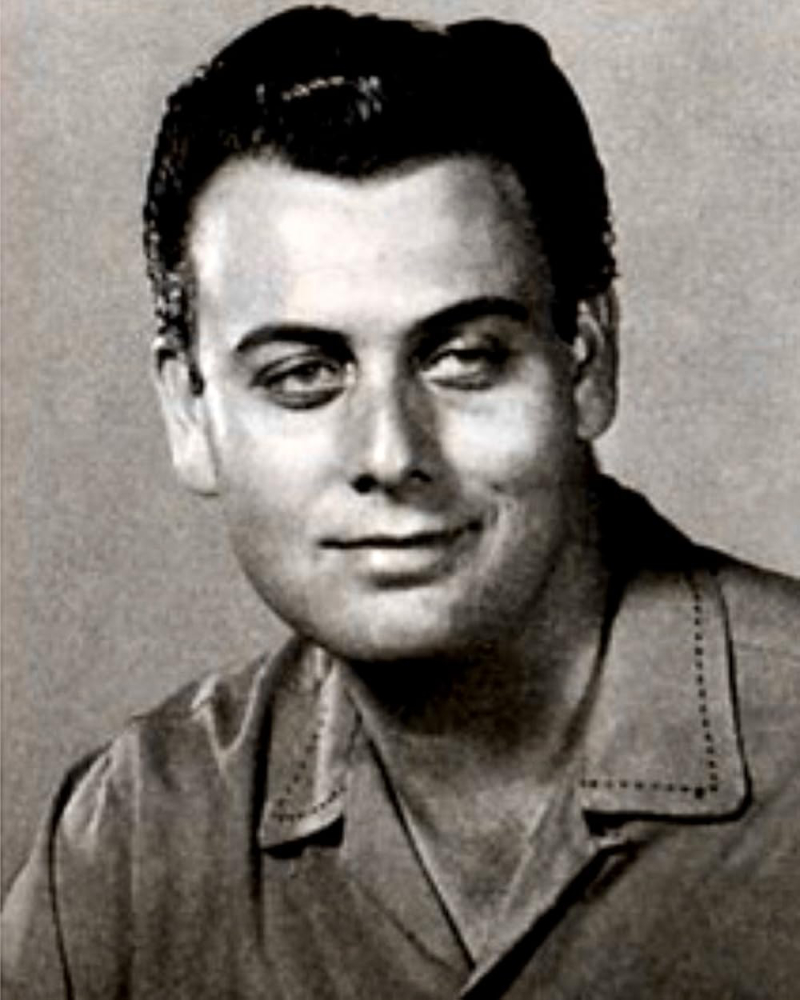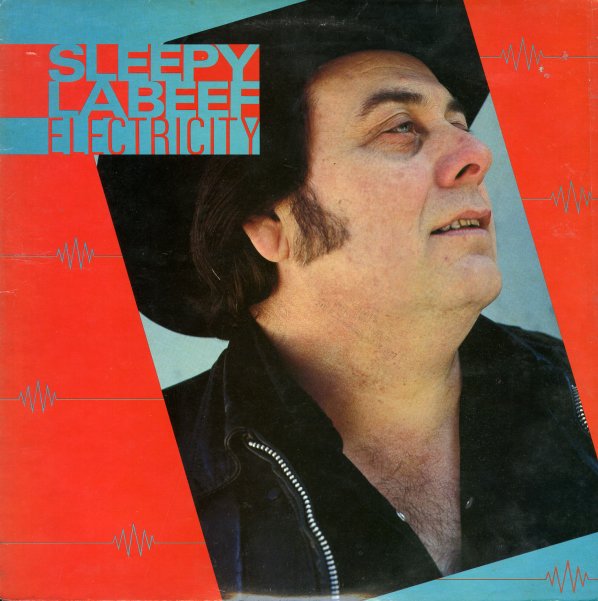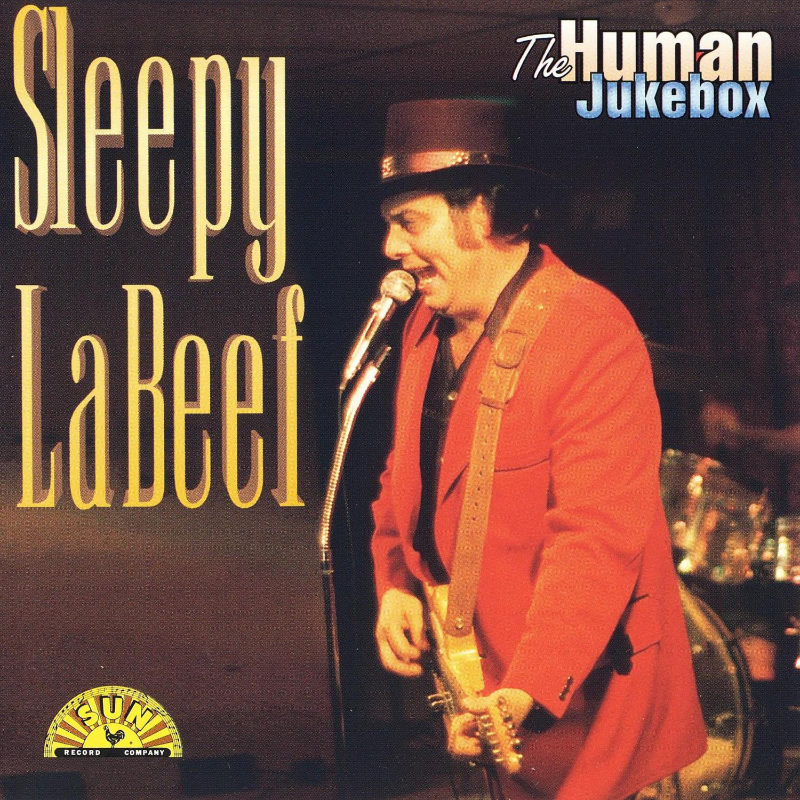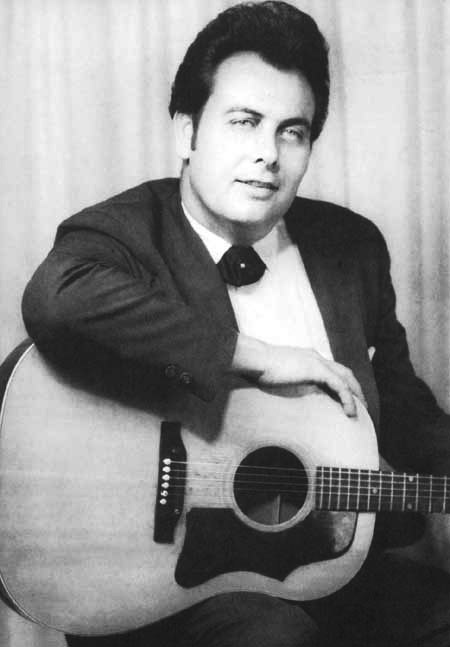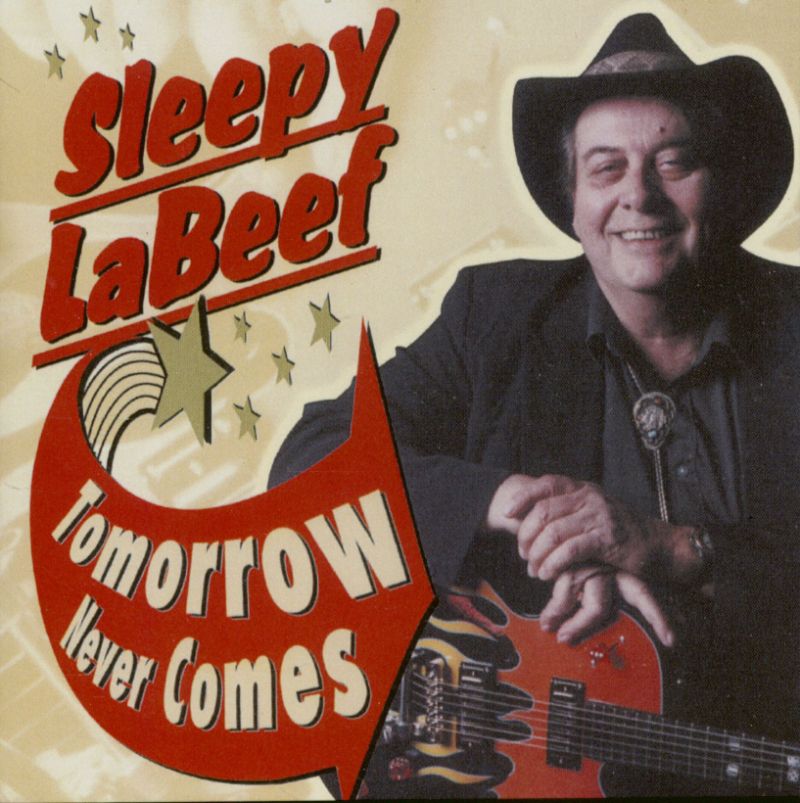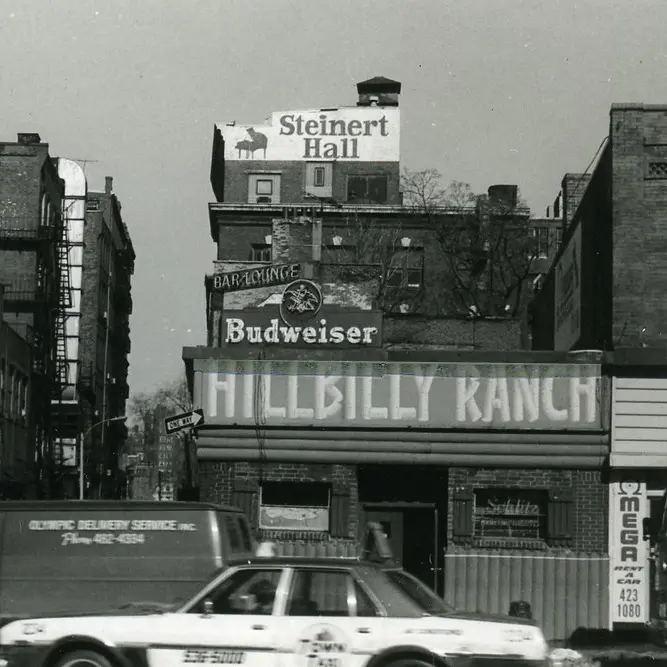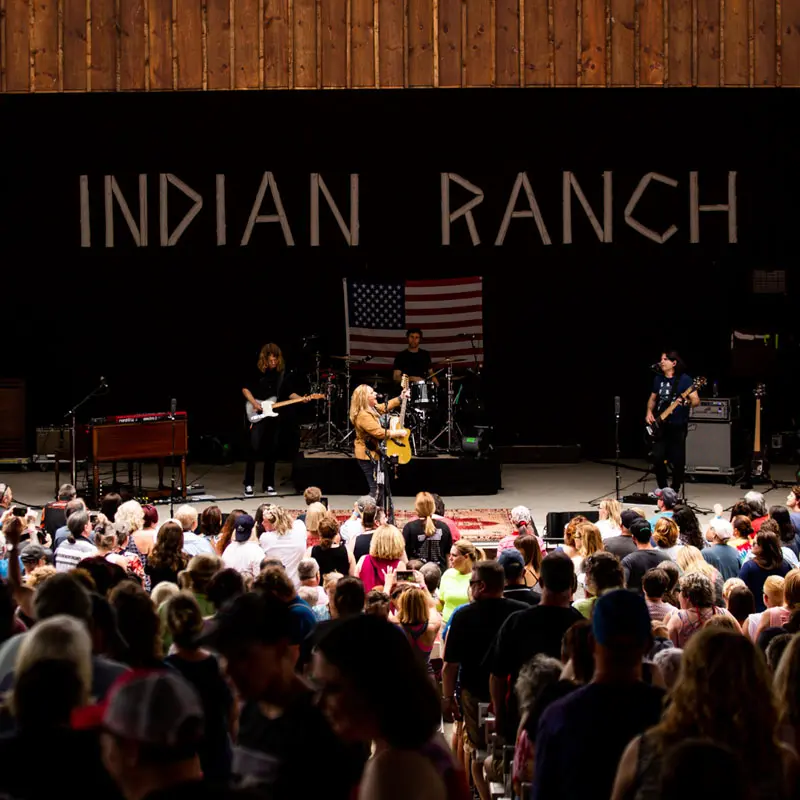Sleepy LaBeef
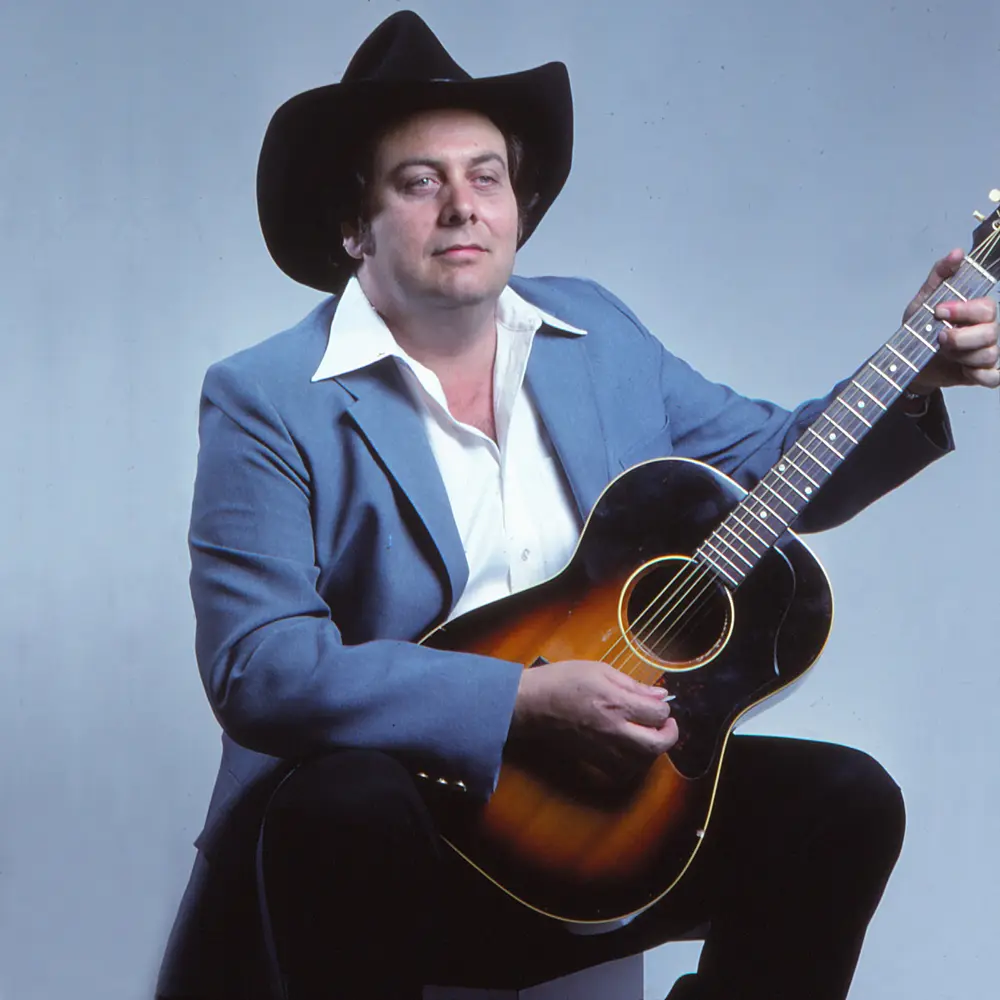
Though he was best known as the contemporary torchbearer of rockabilly, Sleepy LaBeef was also recognized as a man of change. Change that involved his name, where he lived, the style of music he performed, the kinds of guitars he played, the record labels he was signed to, and more.
For much of his adult life, he was considered a local boy, having lived for many years in Raynham, Massachusetts. But his big, rich Southern drawl never hid the fact that he hailed from far away – from the small city of Smackover, Arkansas – or that his twang grew even more pronounced after he moved, at age 18, to Houston.
MUSICAL BEGINNINGS, EARLY RECORDINGS, COLUMBIA RECORDS
He was born Thomas Paulsley LaBeff (though the family name was originally LaBoeuf) on July 20, 1935, the youngest of 10 children. It’s not clear exactly when or why he altered the spelling of his name from LaBeff to LaBeef, but he earned the nickname of Sleepy as a first grader, due to his droopy eyelids that made him look like he wasn’t totally awake. A self-taught guitarist – he was 14 when he traded his .22 hunting rifle to his brother-in-law for a cheap Mexican-made acoustic – his first appearances in front of audiences were in churches, as a vocalist, where he sang gospel tunes. But he was already gaining an appreciation for all sorts of music by listening to radio broadcasts of blues, bluegrass, country, and hillbilly music.
When he made the move to Houston, his day job was building roads with the highway department, but his free time was spent singing gospel at a radio station and playing secular music with a band in local bars. That was the late-1950s, around the time that LaBeef began recording cover versions of songs – for the mail-order market – at the Texas radio station XERF. In short order, he began working on a series of independent record labels including Starday (which released his first single, the self-penned “I’m Through,” in 1957), Dixie, Gulf and Crescent. That was also when he began focusing on the rockabilly sound and, likely through that, caught the ear of Columbia Records’ Don Law, who, after LaBeef’s move to Nashville in 1964, signed him to the label. Interestingly, most of the tracks he recorded there were straight-up country.
SUN RECORDS, MOVE TO MASSACHUSETTS, ROUNDER RECORDS
LaBeef didn’t find much success with Columbia, and for a brief moment – actually, it was six months – he ventured into acting, his bulky build winning him the role of The Swamp Thing (not the DC Comic character) in the low-budget 1968 horror movie The Exotic Ones. By the mid-1970s, LaBeef had made his way to the revived Sun Records, where rockabilly had found its home years earlier and where he started cutting both gospel and rockabilly sides. Unfortunately, while there was lots of time in the recording studio, and there were plenty of releases, there wasn’t much in the way of sales, and LaBeef was well on his way to watching his career crumble.
Fortunately, there was a happy ending awaiting him, but he first had to go through a tough experience: a 1977 fire on his tour bus, somewhere on the Maine Turnpike, destroyed almost everything he owned, but led him to moving to Massachusetts, where he landed a gig leading the house band at a little club called Alan’s Fifth Wheel Lounge in Amesbury. After getting a great review for a show there by The Boston Globe’s Peter Guralnick in 1981, he signed with Rounder Records. He cut six albums for the label over the next 15 years, the first being It Ain’t What You Eat, It’s the Way How You Chew It (1981) and the last being I’ll Never Lay My Guitar Down (1996).
LATER YEARS, GUITARS, DEATH, ROCKABILLY HALL OF FAME
LaBeef’s albums were finally selling, and by then he had become a road warrior, doing nearly 300 dates a year at one point including appearances at New England venues such as Hillbilly Ranch, Indian Ranch, Iron Horse Music Hall, The Bull Run and Johnny D’s. Always on rhythm guitar rather than lead, he still played some acoustic, but moved up in quality from that first Mexican guitar (and the Gene Autry model that replaced it) to a Martin D-35. On the electric side, he’d long ago graduated from his early Fender Esquire to, among others, a Gibson ES-150, a Fender Telecaster and a cherry-red Gibson ES-330.
LaBeef died at age 84 on December 26, 2019, by which time he had moved back to Arkansas and was living in Siloam Springs. Though he’d done a little composing over the years, he had become renowned as an interpreter of songs and, could, on any given night on the stage, choose from, in his words, a “6,000 plus or minus” catalogue of songs in his head. He was inducted into the Rockabilly Hall of Fame in 1993.
(by Ed Symkus)

